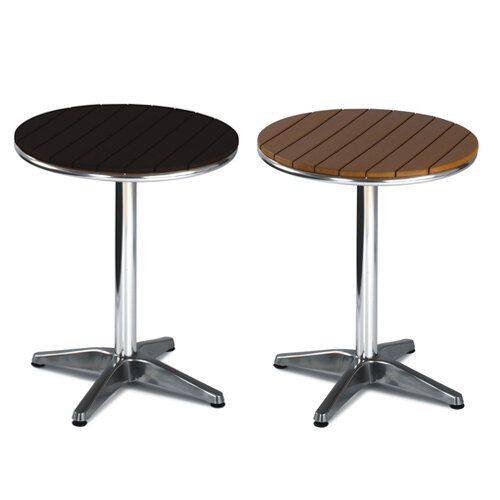Moving to quartersawn to avoid cupping Tom.
I doubt I have the skill to choose appropriate grained wood, especially if I'm to cut it down to a few inches.
Bear in mind, I have no experience whatsoever on using iroko for outdoor projects,
But, I can tell you with the little amount of iroko I've resawn into boards, that its more of a case of the luck of the draw.
I don't normally need to cut a big slab of it into narrower stock, as I normally have the perfect pieces somewhere....unless I make a big mistake like cutting a batch too short

It has so much tension, when cutting racing stripes to make thickness up, its much easier to just glue it beforehand to save material.
Some seemingly good stock will react, whilst other suspected examples will stay put.
I only work with the reclaimed stuff which is all stored the same and for a long time, so possibly the best chance of being in equilibrium.
Tension in the timber seems to matter most, compared to environment its in.
If its gonna do something, it probably already has, even if its strapped/weighed down.
It likely would spring back again and be obvious straight away.
If you can get it around the thickness you're after, then you should be safe enough.
Maybe decking might be worth looking into also, could be cheaper or as cheap?
I've never encountered any decking before whatsoever.
It might have grooves cut into it, so you would need to have that side down, but that might actually help matters regarding cupping.
Seen plenty of tables with grooves underneath for this purpose, albeit deeper slots in those tables.
I have found plenty of bits in bottoms of skips out in the rain for suppose no more than a week saturated, and dismantled ledged and braced doors t&g, exterior wall panels t&g and the good stock will stay flat.
Seemingly not much difference in movement wet and in the cold slightly damp workshop afterwards.
I couldn't tell you a thing about stability regarding grain orientation, as I try not to crosscut it.
Might be worth shopping around, if its a big concern. (kinda tough at this time)
The batch of timber might likely be similar throughout from what I've seen, from big hoards and troublesome stock would be quite evident from a picture I'd imagine.
The stuff I have would be.
Hope that might help a bit
Tom





































